The introduction of the Goods and Services Tax (GST) has created a single system that simplifies and expedites the tax procedure, transforming India’s taxation landscape. GST Registration Online is the entry point for companies looking to start this road toward compliance. In this article, we’ll review the key elements companies must consider when navigating the digital landscape of GST registration. If you opt for GST Registration Online in India, contact Eazy Startups. We can also help you apply for GST Return Filing Online in India.
Let’s get into the topic-
- Eligibility Criteria
- Collecting Required Documents
- Application of many GST Registration Forms
- Single or Multiple Registrations
- GST Registration Threshold
- Voluntary GST Registration
- Filling Accurate Business Details
- Verification of Application
- Choosing an Authorized Signatory
- Post-Registration Compliance
Eligibility Criteria: Eligibility Requirements:
Businesses must determine their eligibility before beginning the online GST registration process. States and union territories have different requirements for required registration based on turnover thresholds. Comprehending and verifying one’s eligibility is the initial measure toward an effective registration process.
Collecting Required Documents:
Assemble the whole collection of paperwork needed for GST registration. PAN, Aadhaar, evidence of business ownership, proof of address, bank statements, and other pertinent papers are usually included in this. Having these files available guarantees a quick application and simplifies the registration procedure.
Application of many GST Registration Forms:
Depending on the nature of the business, there are many GST registration forms. Regular enterprises use Form GST REG-01. However, there are particular forms for non-resident taxable persons, casual taxable persons, and input service distributors. Selecting the appropriate form is essential for a smooth registration procedure.
Single or Multiple Registrations:
Companies operating in several states can register with the GST once for all of their locations, or they can register separately for each state. The choice is based on the operations, organizational structure, and necessity of decentralized or centralized compliance management.
GST Registration Threshold:
Companies with total annual revenue exceeding the specified amount must register for GST. Maintaining current threshold knowledge is crucial to ensuring timely compliance and registration.
Voluntary GST Registration:
A company may register for voluntary GST even if its annual revenue exceeds the required amount. Making this decision can have several advantages, including the capacity to engage in the formal economy and file for Input Tax Credit.
Filling Accurate Business Details:
A successful GST registration depends on having accurate information about the business’s address, operations, and organizational structure. Any inconsistencies could cause the registration process to drag out or become more difficult.
Verification of Application:
A verification procedure is started after submitting the online form. The applicant is given an Application Reference Number (ARN) so they can follow their progress. It’s critical to keep an eye on the application’s development and react quickly to any inquiries made by the authorities.
Choosing an Authorized Signatory:
Choosing an authorized signatory is an essential first step. This person is in charge of approving several pieces of paperwork and communicating with the GST authorities. Ensure that the designated signatory has the required paperwork and authorization.
Post-Registration Compliance:
GST registration has continuing compliance obligations; it is not a one-time event. Firms must maintain accurate records, file regular returns, and follow GST standards after registering to ensure ongoing compliance.
Conclusion
It takes much consideration to navigate the internet domain for GST Registration Online. Every stage of the registration process, from eligibility and document preparation to selecting the appropriate registration form and tracking the application’s advancement, is crucial to a seamless and effective registration procedure. Enterprises new to the GST domain must proceed cautiously with the online registration procedure, guaranteeing adherence to the ever-changing regulatory environment and establishing the foundation for smooth GST functions. If you opt for GST Registration Online in India or GST Return Filing Online in India, contact Eazy Startups.

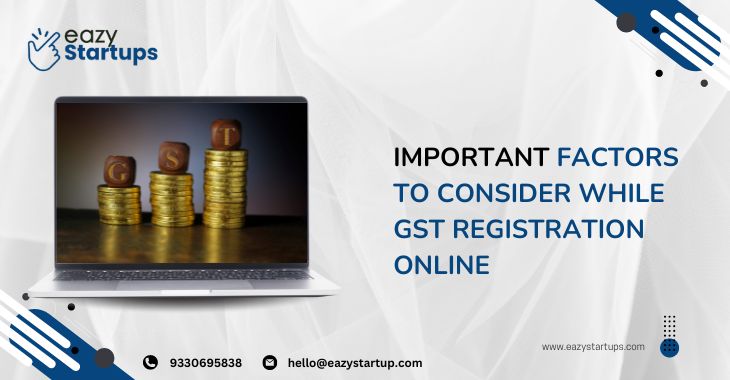
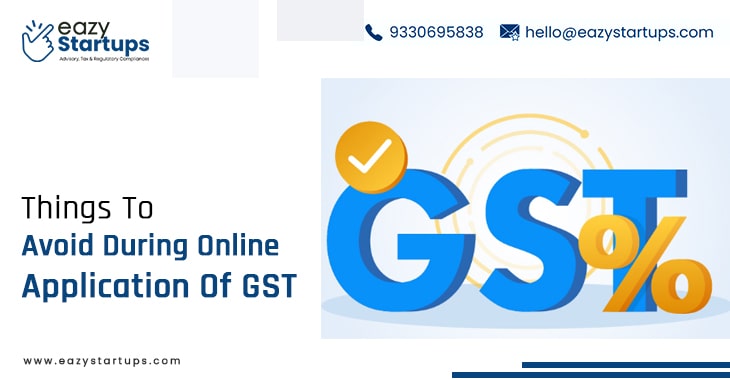
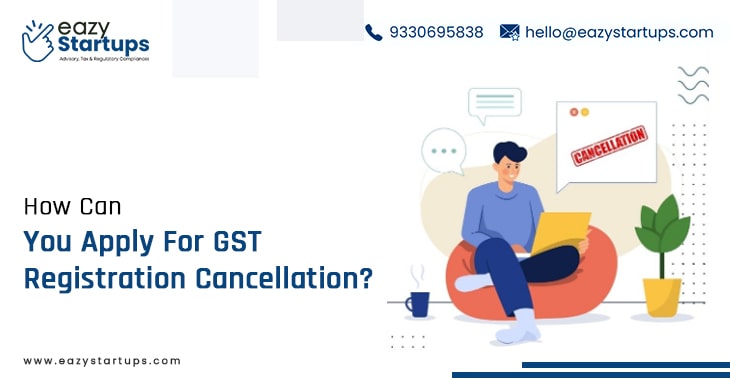


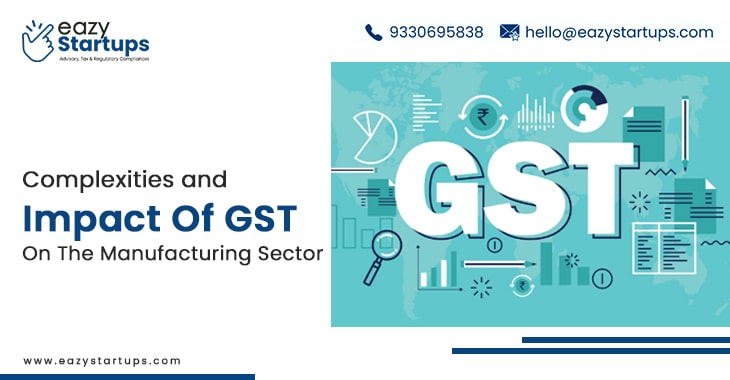


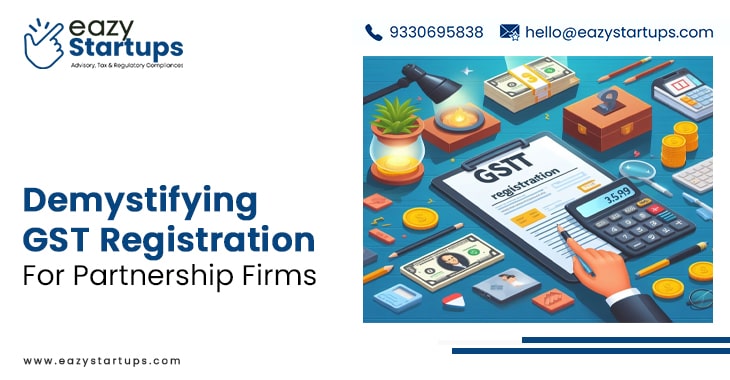
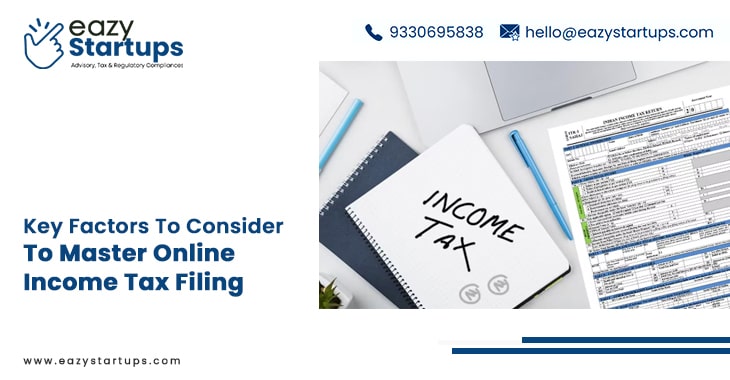
Recent Comments